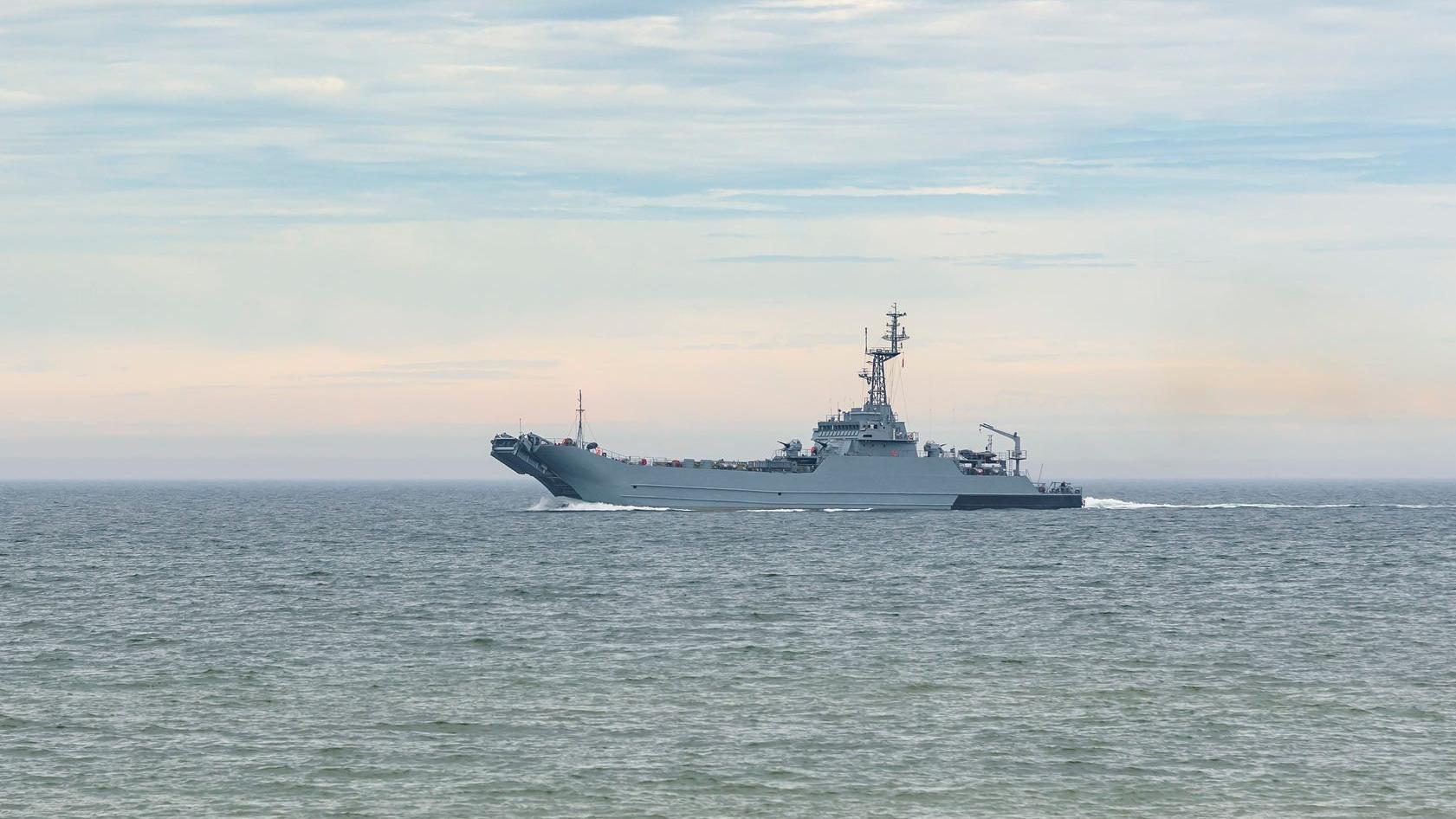
NATO has launched the Baltic Sentry Mission, a new operation aimed at safeguarding critical undersea cables in the Baltic Sea, a vital artery for global internet and energy connectivity. The initiative responds to growing fears of sabotage amid heightened tensions with Russia, spotlighting the vulnerability of underwater infrastructure. Below, we explore the mission’s scope, its strategic drivers, and the broader implications as reported during this period.
A Watchful Eye Beneath the Waves
The Baltic Sentry Mission deploys a task force of NATO naval and air assets—frigates, patrol boats, drones, and surveillance aircraft—from member states like Sweden, Finland, Poland, and Germany. The operation patrols the Baltic Sea’s murky depths, focusing on a web of undersea cables that carry 95% of Europe’s internet traffic and critical energy links like the NordBalt power line between Sweden and Lithuania. Headquartered in Tallinn, Estonia, the mission coordinates with national coast guards and private cable operators to monitor and deter threats.
The effort builds on prior NATO exercises but marks a dedicated push—its first standing maritime operation in the region since the Cold War. Sensors and sonar scour for suspicious activity, while rapid-response teams stand ready to investigate anomalies. “This is about deterrence and defense,” said NATO Secretary General Jens Stoltenberg, framing it as a shield for “the arteries of our digital and energy life.”
Why the Baltic?
The mission springs from mounting alarm over Russia’s Arctic buildup and hybrid warfare tactics. The Baltic Sea, a shallow basin ringed by nine nations—seven now NATO members—hosts over 50,000 kilometers of cables, including the C-Lion1 linking Finland to Germany and the Baltic Pipe gas line from Norway to Poland. Incidents like the 2022 Nord Stream sabotage and a 2023 Finland-Estonia cable cut—blamed on a Chinese ship’s anchor—exposed these lifelines’ fragility, with repairs costing $40 million and weeks of downtime.
Russia’s Northern Fleet, bristling with Kilo-class subs and seabed-mapping vessels like the Yantar, looms large. NATO intelligence flags Moscow’s capability to tap or sever cables, a tactic seen in Ukraine’s grid attacks and feared as a prelude to wider conflict. Sweden and Finland’s NATO entry, flipping the Baltic’s strategic balance, heightens the stakes—Russia’s Kaliningrad enclave now sits as an isolated thorn in an allied sea.
Strategic Stakes
The cables aren’t just wires—they’re the backbone of NATO’s economy and security. A single cut could disrupt $10 trillion in daily financial transactions, cripple military comms, or black out 1.5 million homes, as NordBalt’s 700-megawatt capacity suggests. The mission aims to thwart this, pairing patrols with cyber defenses against Russia’s GRU hackers, who’ve probed Baltic grids before.
Allies rally but strain shows. Germany’s navy, down to six working subs, leans on drones, while Poland’s choppers stretch thin across 500 kilometers of coast. The U.S., via its Sixth Fleet, pledges sonar buoys but keeps ships in the Mediterranean, leaving Europe to lead. Private firms like Nokia, owning many cables, fund extra sensors—$100 million so far—easing NATO’s load but raising cost-sharing gripes.
Regional and Global Ripples
The Baltic states—Estonia, Latvia, Lithuania—cheer the mission, their 6 million citizens long wary of Russia’s shadow. Finland’s Sanna Marin calls it “a signal Moscow can’t ignore,” while Poland’s Andrzej Duda ties it to Ukraine’s fight, urging more NATO boots. Russia retorts with “provocation” claims—Kremlin TV shows Baltic drills as “encirclement”—and flexes its Arctic bases, though Ukraine ties its hands.
Globally, the mission echoes. China, eyeing Arctic routes via BRICS, watches NATO’s cable play as a template—its own South China Sea cables face U.S. scrutiny. Oil holds at $74 per barrel, but tech stocks dip 1% on outage fears—Estonia’s e-governance, a digital marvel, went offline for hours in 2023’s scare. The UN’s seabed treaty talks gain urgency, though Russia’s veto stalls progress.
Challenges Below and Above
The Baltic’s muddy, shallow waters—averaging 55 meters deep—hide cables but complicate patrols; wrecks and fishing nets snarl sonar. Winter ice slows ships, while Russia’s jamming tech tests NATO’s drones—two lost last year to “unexplained” signals. Politically, unity wavers—Hungary’s Viktor Orbán grumbles about costs, and Trump’s looming NATO exit talk rattles planners.
Success hinges on deterrence, not just detection. NATO’s 2022 cable protection pledge lacked teeth; Baltic Sentry adds muscle, but a real attack—say, a sub snipping C-Lion1—would test response times, with repairs lagging weeks behind.
Looking Ahead
NATO's Baltic Sentry Mission casts a net over a digital frontier, guarding cables that stitch the West together. It's a bold check on Russia's hybrid playbook—success could lock in Baltic security, failure might embolden seabed strikes elsewhere, from Ireland's Atlantic links to Taiwan's Pacific hubs. For now, ships slice through icy waves, a quiet sentinel force in a sea where silence hides both promise and peril—watching, waiting, as the world's wired lifelines hum below.
